

— Blogs —
—Products—
 Consumer hotline +8618073152920
Consumer hotline +8618073152920 WhatsApp:+8615367865107
Address:Room 102, District D, Houhu Industrial Park, Yuelu District, Changsha City, Hunan Province, China
Product knowledge
Time:2023-06-03 20:22:48 Popularity:2793
Forest weather station monitoring is very important for the protection and management of forest ecosystems. Forest weather stations can measure meteorological elements within the forest, such as temperature, humidity, rainfall, wind direction and speed, as well as monitor forest fires, tree falls, pests and diseases.
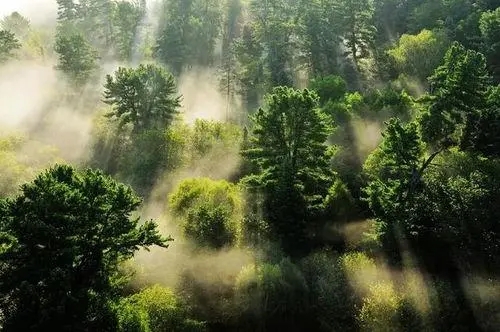
These data can help forest managers in effective management of forest resources, prevention and control of forest fire risks, as well as forest environmental protection and restoration of forest ecosystems. Therefore, the establishment and operation of forest weather stations are essential for the sustainable development and protection of forest ecosystems.
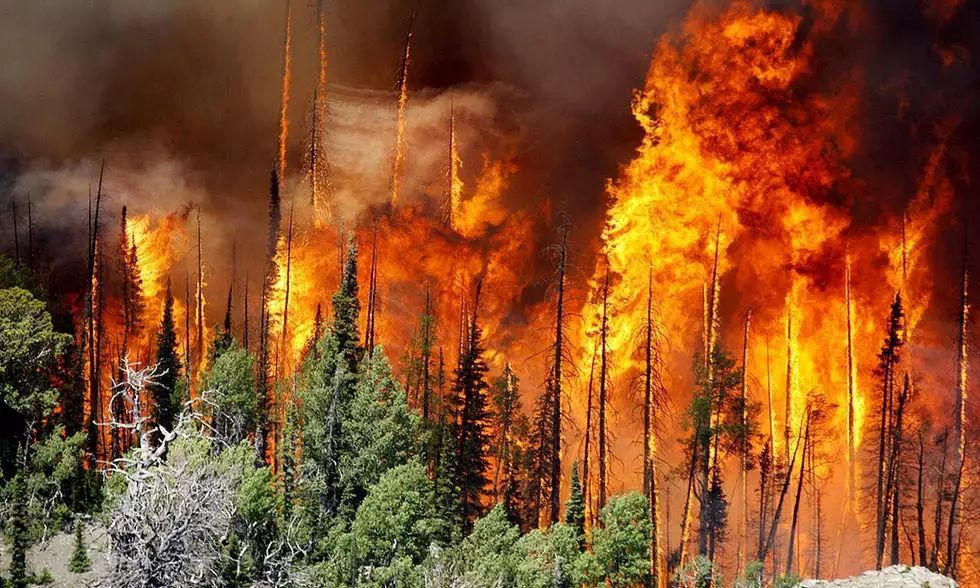
The establishment of a forest weather station requires the selection of multiple sensors, the exact number and type of which may vary depending on the weather station and application. Common meteorological sensors include:
1. Temperature sensor: measures air temperature, usually an electronic device with a temperature sensor.
2. Humidity sensor: measures the relative humidity of the air, and obtains humidity data by measuring the amount of water vapor in the air.
3. Precipitation sensor: measuring precipitation intensity and accumulated precipitation, usually using a rain gauge or siphon rain gauge.
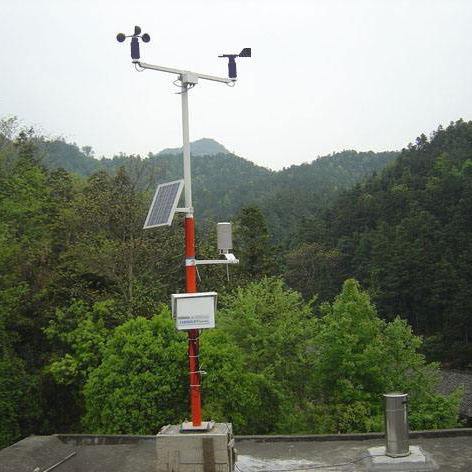
4. Wind speed sensor: measuring wind speed, usually using anemometer or wind speed sensor.
5. Wind direction sensor: measuring wind direction, usually through the wind vane or wind speed sensor with the function of measuring wind direction.
6. Radiation sensor: measurement of solar radiation, earth radiation, with other. You can choose the appropriate radiation sensor according to the parameters to be measured.
7. Atmospheric pressure sensor: measuring atmospheric pressure, usually using a barometer or atmospheric pressure sensor.
Each sensor has a different role, for example, temperature sensors, humidity sensors and raw data such as wind speed and wind direction sensors can provide environmental environmental monitoring for forest managers. Precipitation sensors can help measure forest rainfall for water conservation. Radiation sensors can measure parameters such as solar radiation intensity and surface albedo to provide data to support studies of forest energy balance. Finally, atmospheric pressure sensors can help build forest weather models to predict trends in the atmospheric environment and future climate conditions.
To build a forest weather station, an appropriate location needs to be selected that is representative of the geographical features and forest ecosystem of the region. Subsequently, instruments and equipment corresponding to the weather station need to be purchased and installed, and regularly calibrated and maintained. In addition, appropriate data collection and processing systems need to be established to ensure the accuracy and completeness of the data, as well as timely data analysis and dissemination.
Finally, it is recommended to maintain good cooperation and communication with local government agencies, scientific research institutions and other stakeholders in order to collaboratively promote the construction and operation of forest weather stations and contribute to the sustainable development and conservation of forest ecosystems.
Prev:Common faults of automatic weather stations and how to deal with them
Next:Weather stations for monitoring agricultural environmental elements and meteorological information
Sensors & Weather Stations Catalog
Agriculture Sensors and Weather Stations Catalog-NiuBoL.pdf
Weather Stations Catalog-NiuBoL.pdf
Related recommendations
Related products
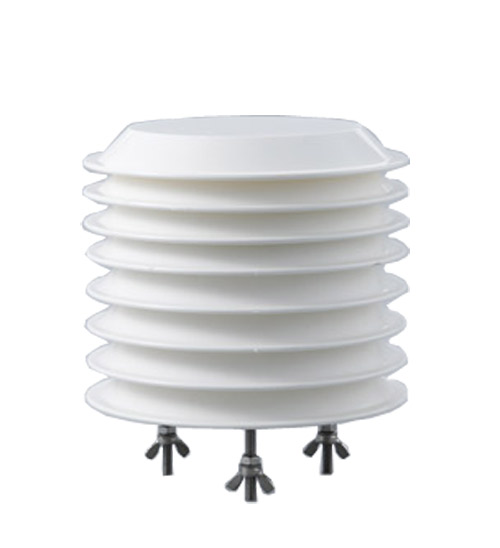 Atmospheric Temperature Humidity Pr···
Atmospheric Temperature Humidity Pr···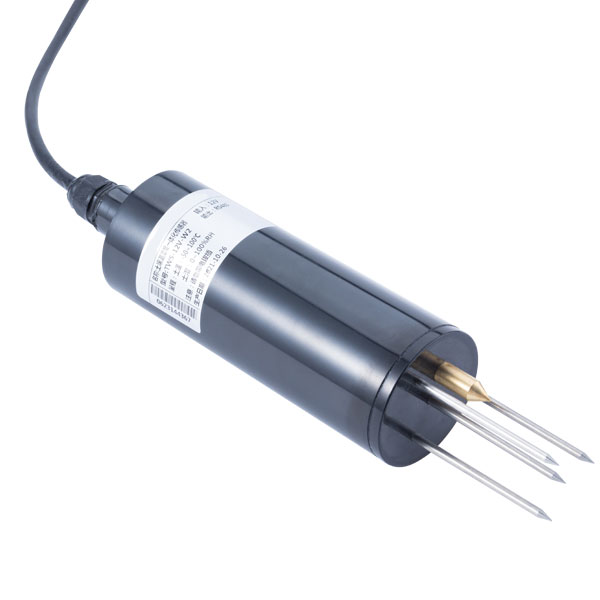 Soil Temperature Moisture Sensor 4-···
Soil Temperature Moisture Sensor 4-··· Air temperature, humidity and atmos···
Air temperature, humidity and atmos···
Screenshot, WhatsApp to identify the QR code
WhatsApp number:+8615367865107
(Click on WhatsApp to copy and add friends)